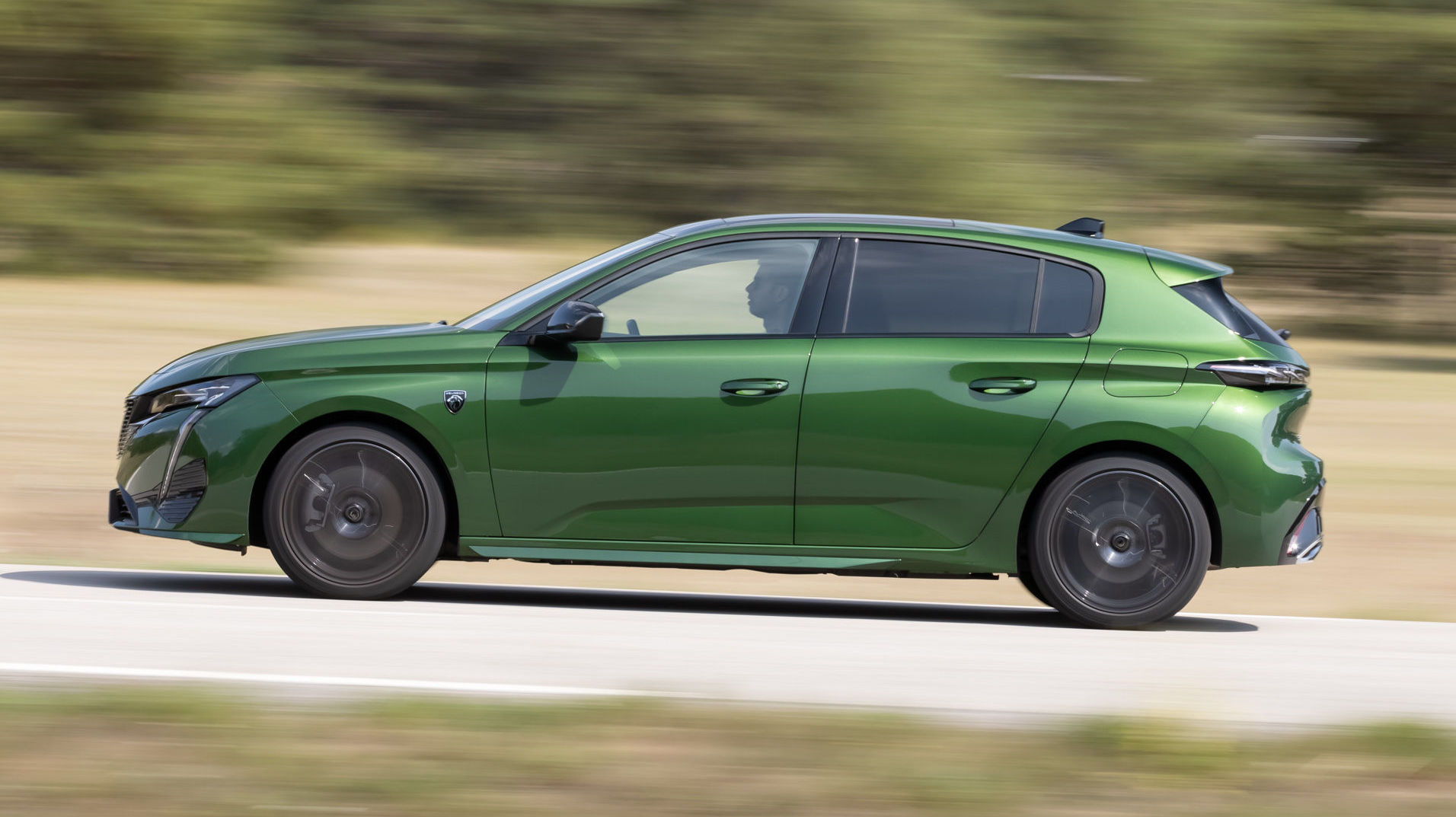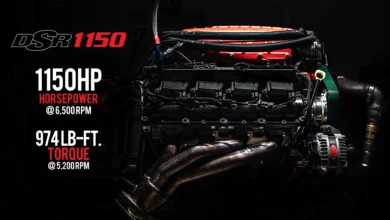
Stellantis has made significant strides in reducing carbon emissions from its European fleet. In collaboration with Aramco, a global leader in energy and chemicals, Stellantis has successfully tested low-carbon eFuels in European vehicles manufactured since 2014. The results of these tests indicate that 24 engine families, representing a staggering 28 million vehicles in circulation, can seamlessly adopt advanced eFuels without any modifications to their powertrains.

Low-carbon eFuel, a synthetic fuel, is produced through the chemical reaction of carbon dioxide (CO2) captured from the atmosphere or industrial facilities with renewable hydrogen. This innovative fuel has the potential to reduce CO2 emissions from existing internal combustion engine vehicles by a remarkable 70% throughout their lifecycle compared to conventional fuels.
Ned Curic, Stellantis’ Chief Engineering and Technology Officer, emphasized their commitment to providing emission-free mobility and electrification. He stated, “Our priority is to provide emission-free mobility for all, with a focus on electrification, while our collaboration with Aramco is an important and complementary step in this journey for the circulating fleet. We are exploring all solutions to reinforce our ambitious strategy of becoming a carbon-neutral company by 2038. The entry of eFuels can have a huge and almost immediate impact on reducing CO2 emissions from the fleet of vehicles in circulation, offering our customers an easy and economically efficient option to reduce their carbon footprint, an option as simple as choosing a different pump at the gas station, without any additional modification to their vehicles.”

Amer Amer, Aramco’s Transport Chief Technologist, expressed their satisfaction with the partnership, saying, “We are very pleased to work with Stellantis, one of the world’s leading car manufacturers, to evaluate the performance of our fuel formulations that are designed to represent the expected characteristics of eFuel in the engines of their vehicles in circulation. The results of the tests reinforce our view that synthetic fuel can be an immediate solution in existing vehicles and, when produced through a low-carbon route, can play an important role in reducing carbon emissions in the Transport sector and supporting an orderly energy transition.”
As part of their long-term strategic plan, “Dare Forward 2030,” Stellantis aims to cut its carbon footprint in half by 2030 compared to 2021 metrics, ultimately achieving carbon neutrality by 2038. It is estimated that the adoption of low-carbon eFuels in up to 28 million European vehicles from Stellantis could lead to a reduction of up to 400 million tons of CO2 in Europe between 2025 and 2050. Stellantis’ rigorous testing of replacement eFuels encompassed exhaust pipe emissions, starting capacity, engine power, reliability duration, oil dilution, fuel tank, fuel lines, and filters, as well as fuel performance in extreme cold and heat temperatures.

Meanwhile, Aramco is actively working on two demonstration plants to explore the production of low-carbon synthetic fuels. In Saudi Arabia, Aramco, in collaboration with ENOWA (Neom Energy and Water Company), is focused on demonstrating the production of synthetic gasoline for light passenger vehicles. Simultaneously, in Bilbao, Spain, Aramco and Repsol are exploring the production of synthetic diesel and low-carbon aviation fuel, catering to both automobiles and aircraft. Additionally, Aramco is partnering with motorsport competition teams to test and further demonstrate the potential of low-carbon fuel as an immediate solution to reduce carbon emissions from vehicles with internal combustion engines.






1 reply
Loading new replies...
Join the full discussion at the Mopar Insiders Forum →